



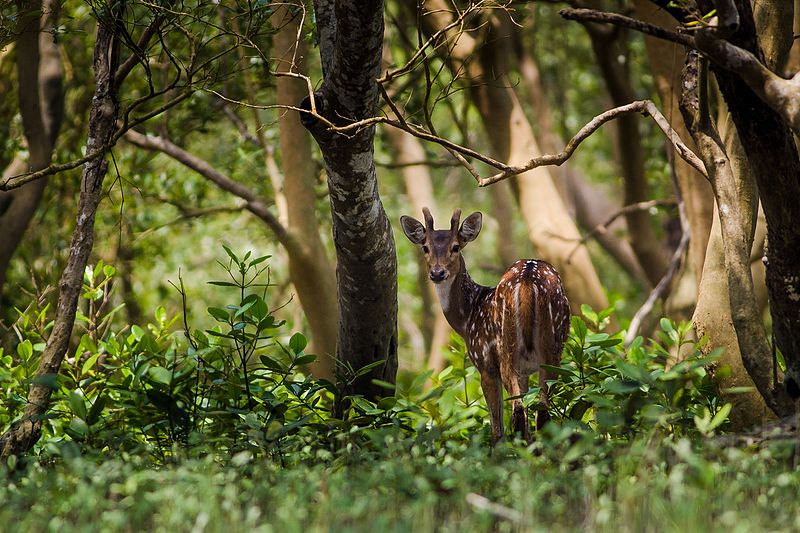
Deer
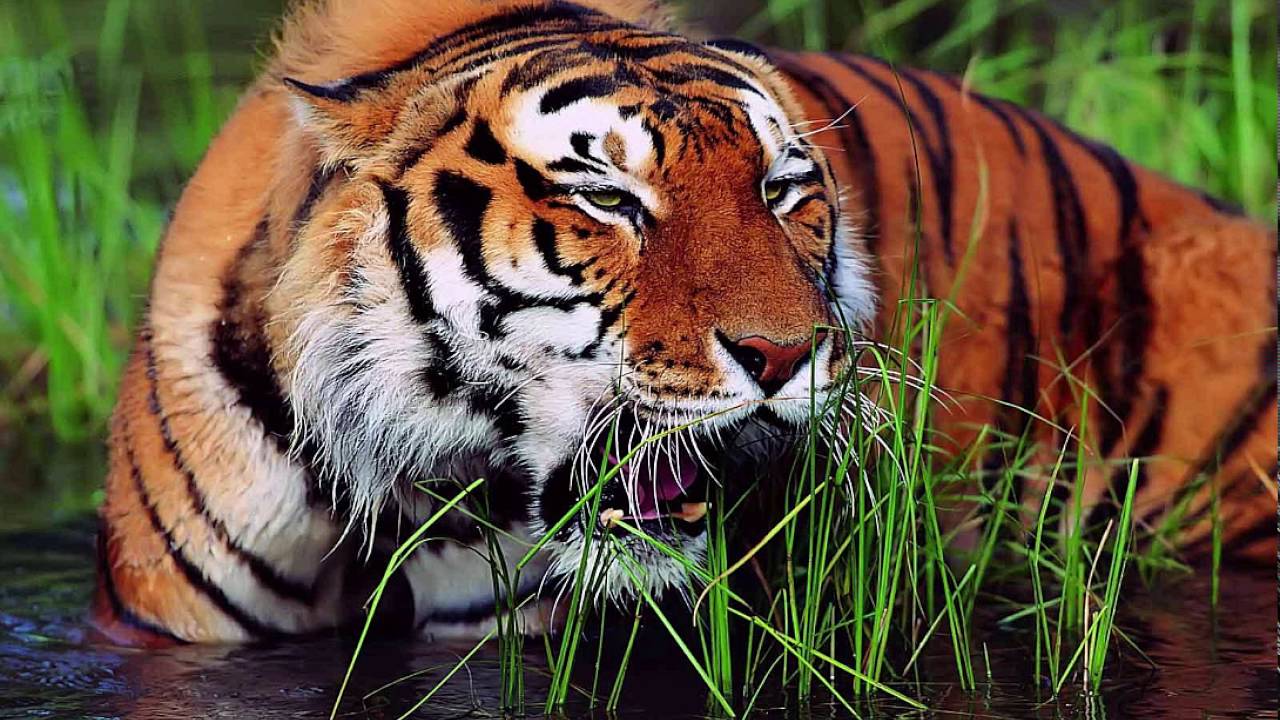
Royal Bengal Tiger

Mangrove Cat
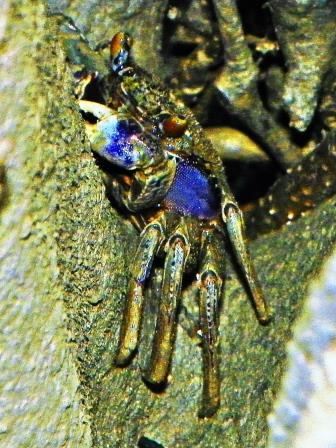
Mangrove Crablet
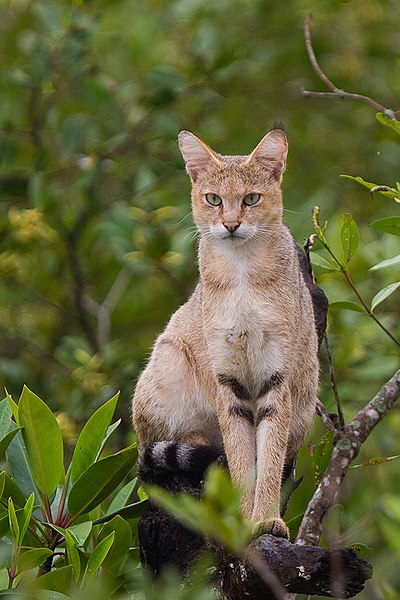
Jungle Cat
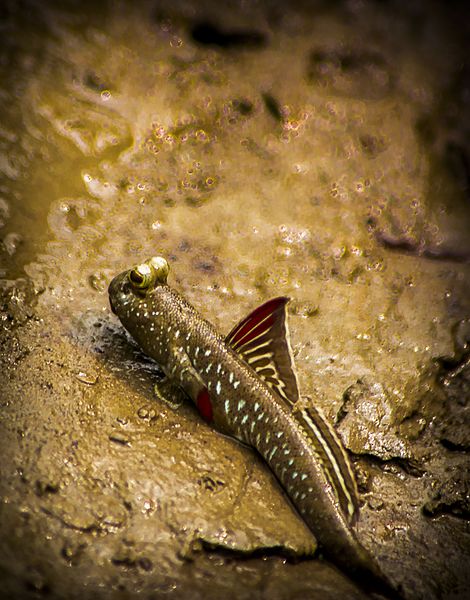
Mud Scipper
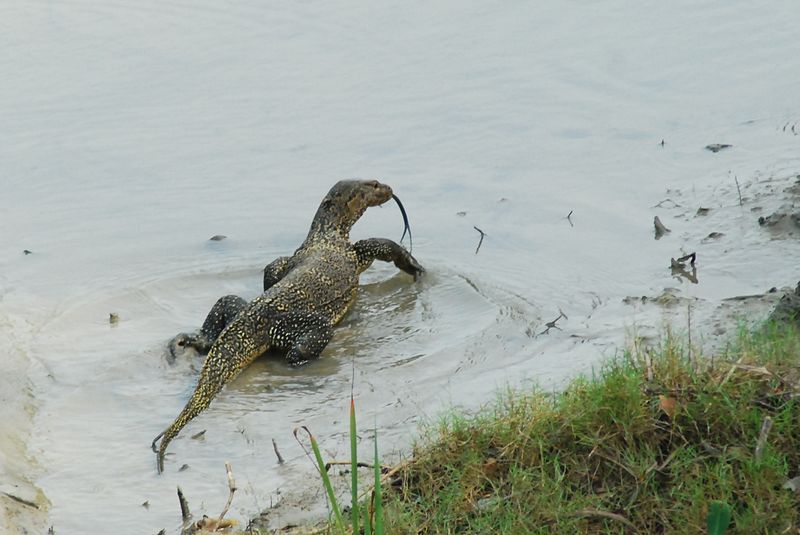
Giant Lizard
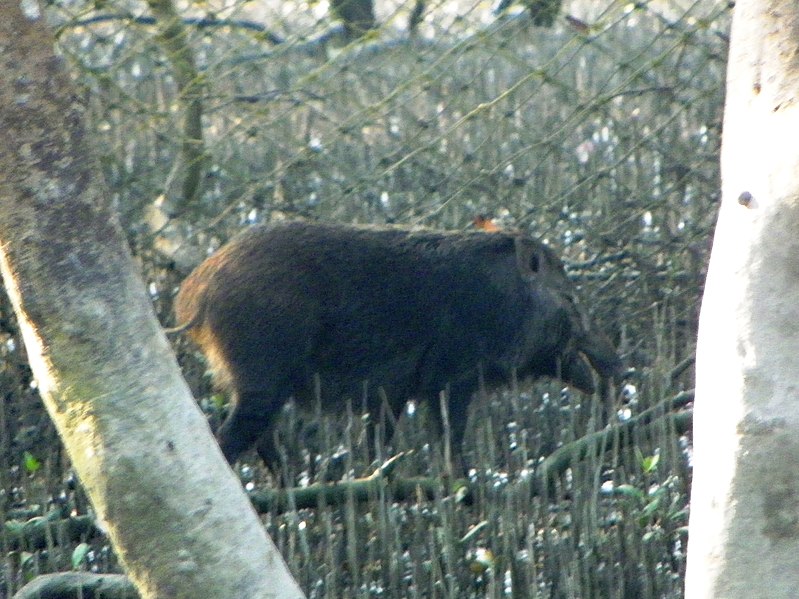
Wild Boar

Mud Scipper
From fighting deforestation and climate change to building economic opportunities and better working conditions for rural people, the Rainforest Alliance is working to solve urgent environmental and social challenges.
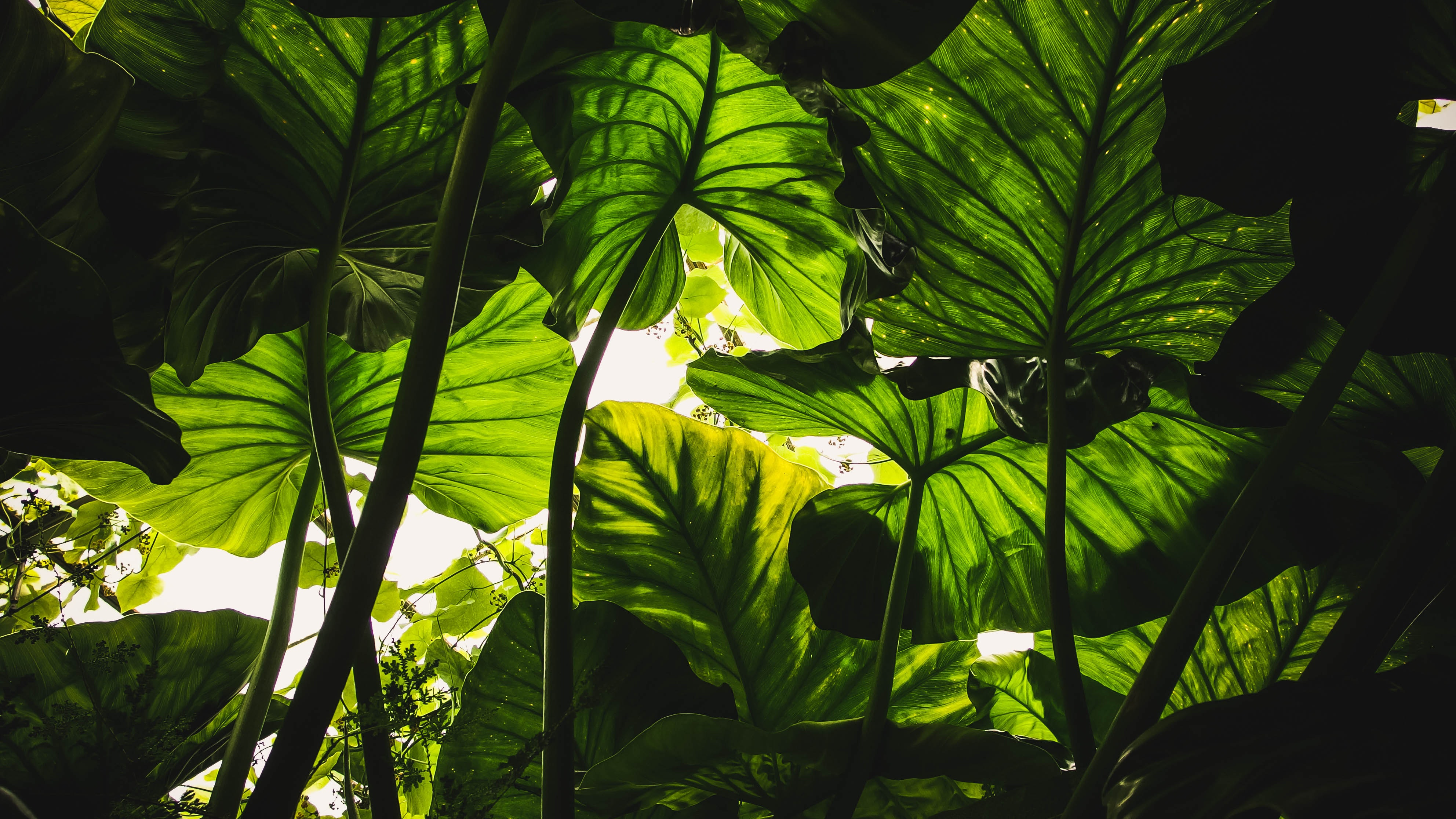
In other parts of the world, people have utilized mangrove trees as a renewable resource. Harvested for durable, water-resistant wood, mangroves have been used in building houses, boats, pilings, and furniture. The wood of the black mangrove and buttonwood trees has also been utilized in the production of charcoal. Tannins and other dyes are extracted from mangrove bark. Leaves have been used in tea, medicine, livestock feed, and as a substitute for tobacco for smoking. In Florida, beekeepers have set up their hives close to mangroves in order to use the nectar in honey production.In other parts of the world, people have utilized mangrove trees as a renewable resource. Harvested for durable, water-resistant wood, mangroves have been used in building houses, boats, pilings, and furniture. The wood of the black mangrove and buttonwood trees has also been utilized in the production of charcoal. Tannins and other dyes are extracted from mangrove bark. Leaves have been used in tea, medicine, livestock feed, and as a substitute for tobacco for smoking. In Florida, beekeepers have set up their hives close to mangroves in order to use the nectar in honey production.
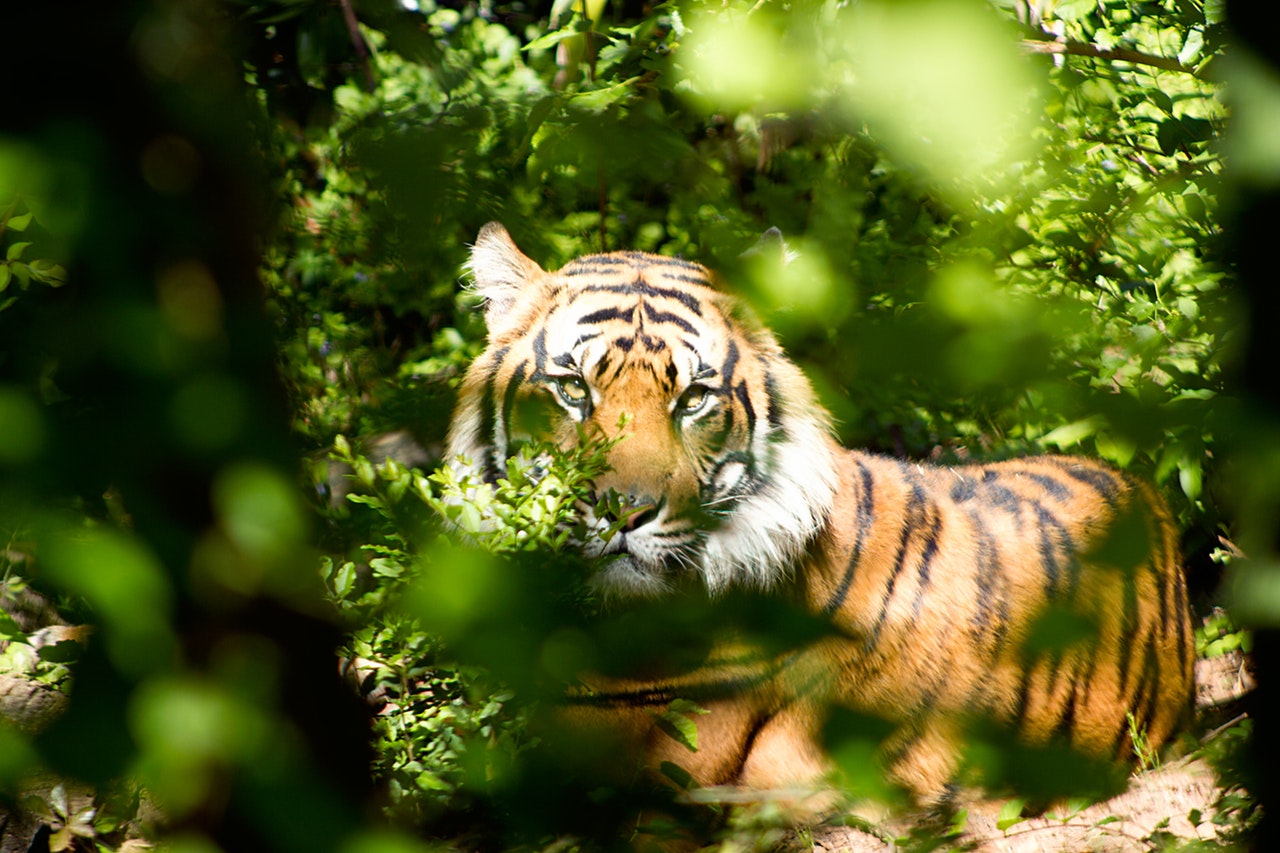
Tiger, (Panthera tigris), largest member of the cat family (Felidae), rivaled only by the lion (Panthera leo) in strength and ferocity. The tiger is endangered throughout its range, which stretches from the Russian Far East through parts of North Korea, China, India, and Southeast Asia to the Indonesian island of Sumatra. The Siberian, or Amur, tiger (P. tigris altaica) is the largest, measuring up to 4 metres (13 feet) in total length and weighing up to 300 kg (660 pounds). The Indian, or Bengal, tiger (P. tigris tigris) is the most numerous and accounts for about half of the total tiger population. Males are larger than females and may attain a shoulder height of about 1 metre and a length of about 2.2 metres, excluding a tail of about 1 metre; weight is 160–230 kg (350–500 pounds), and tigers from the south are smaller than those of the north. The Indo-Chinese (P. tigris corbetti), and Sumatran (P. tigris sumatrae) tigers are bright reddish tan, beautifully marked with dark, almost black, vertical stripes. The underparts, the inner sides of the limbs, the cheeks, and a large spot over each eye are whitish. The rare Siberian tiger has longer, softer, and paler fur. White tigers, not all of them true albinos, have occurred from time to time, almost all of them in India (see also albinism).